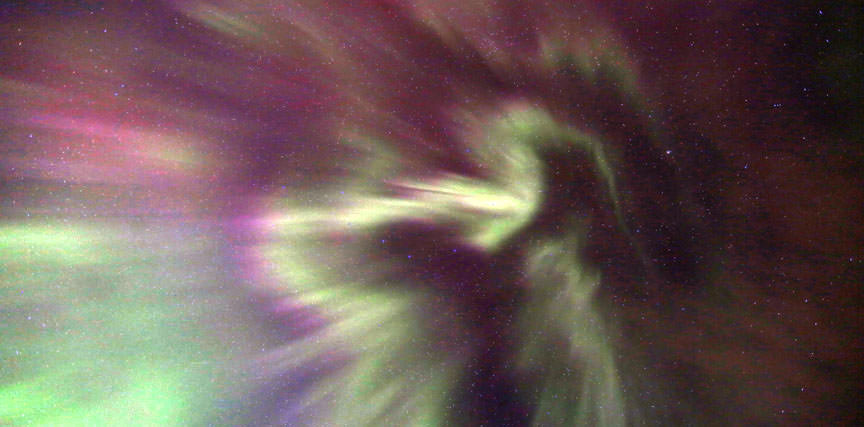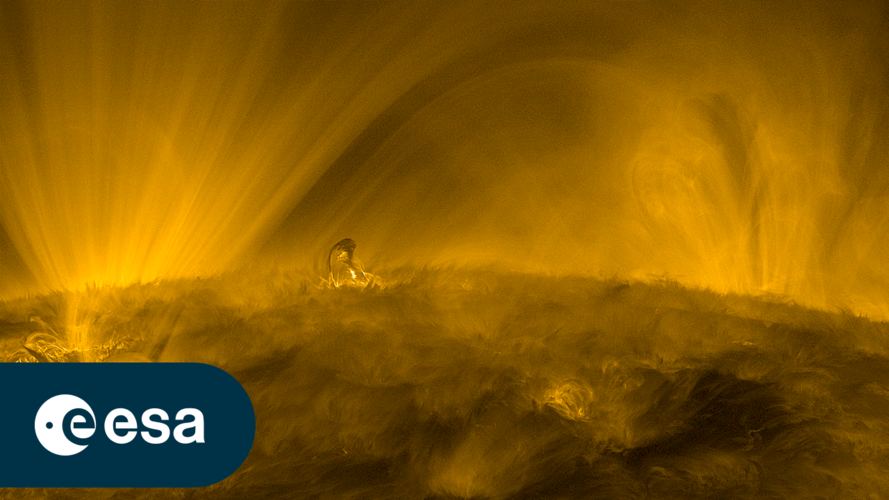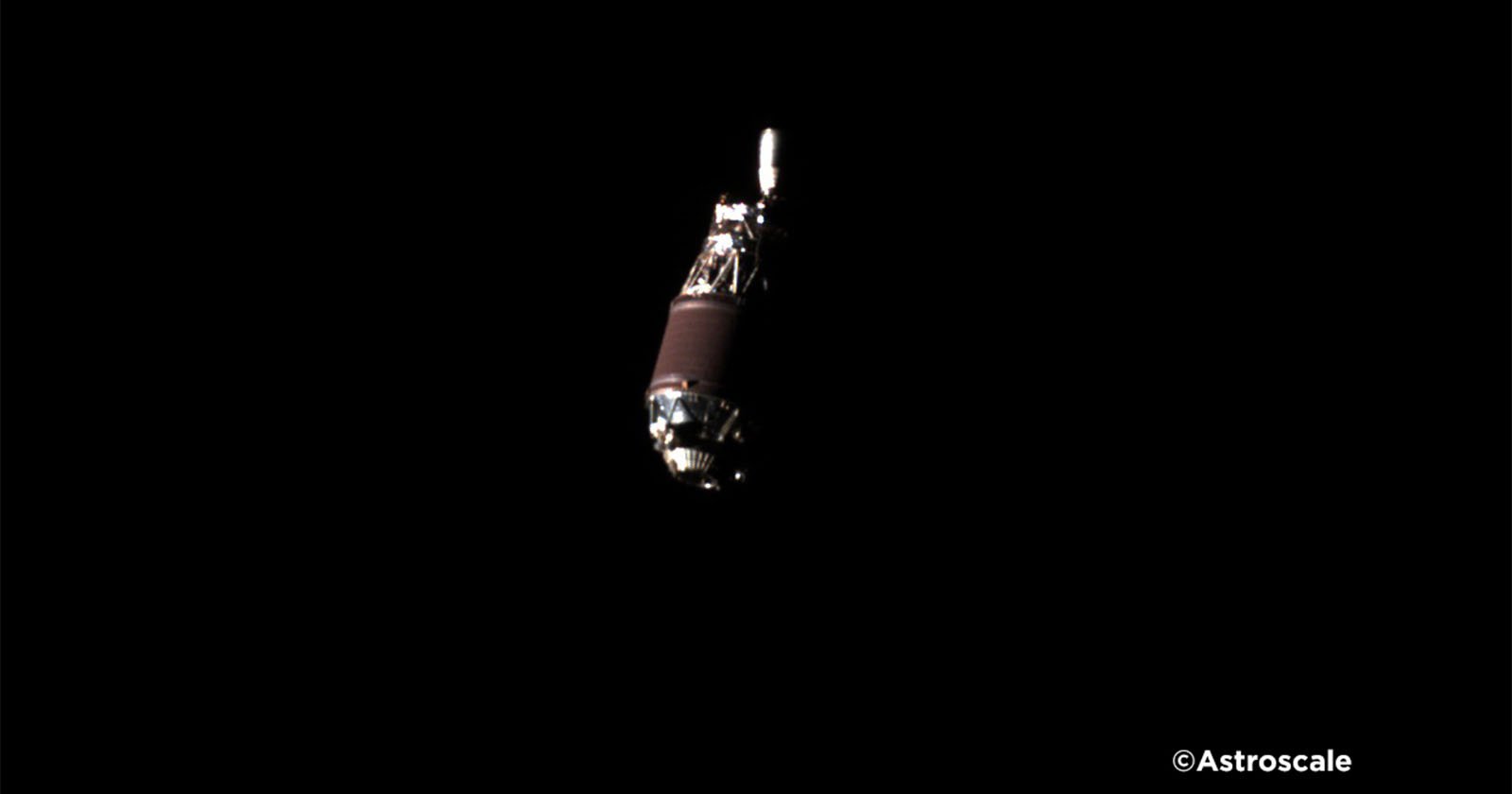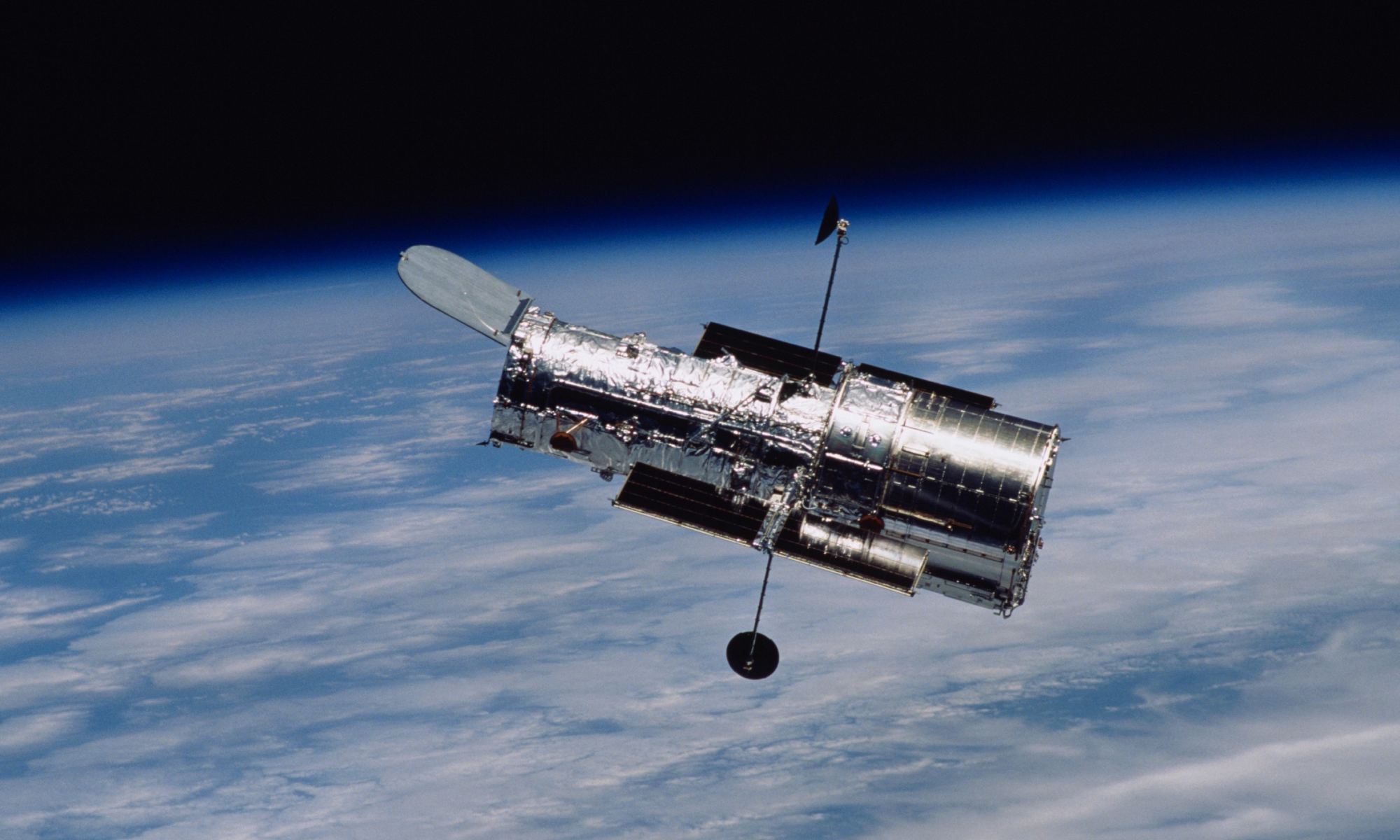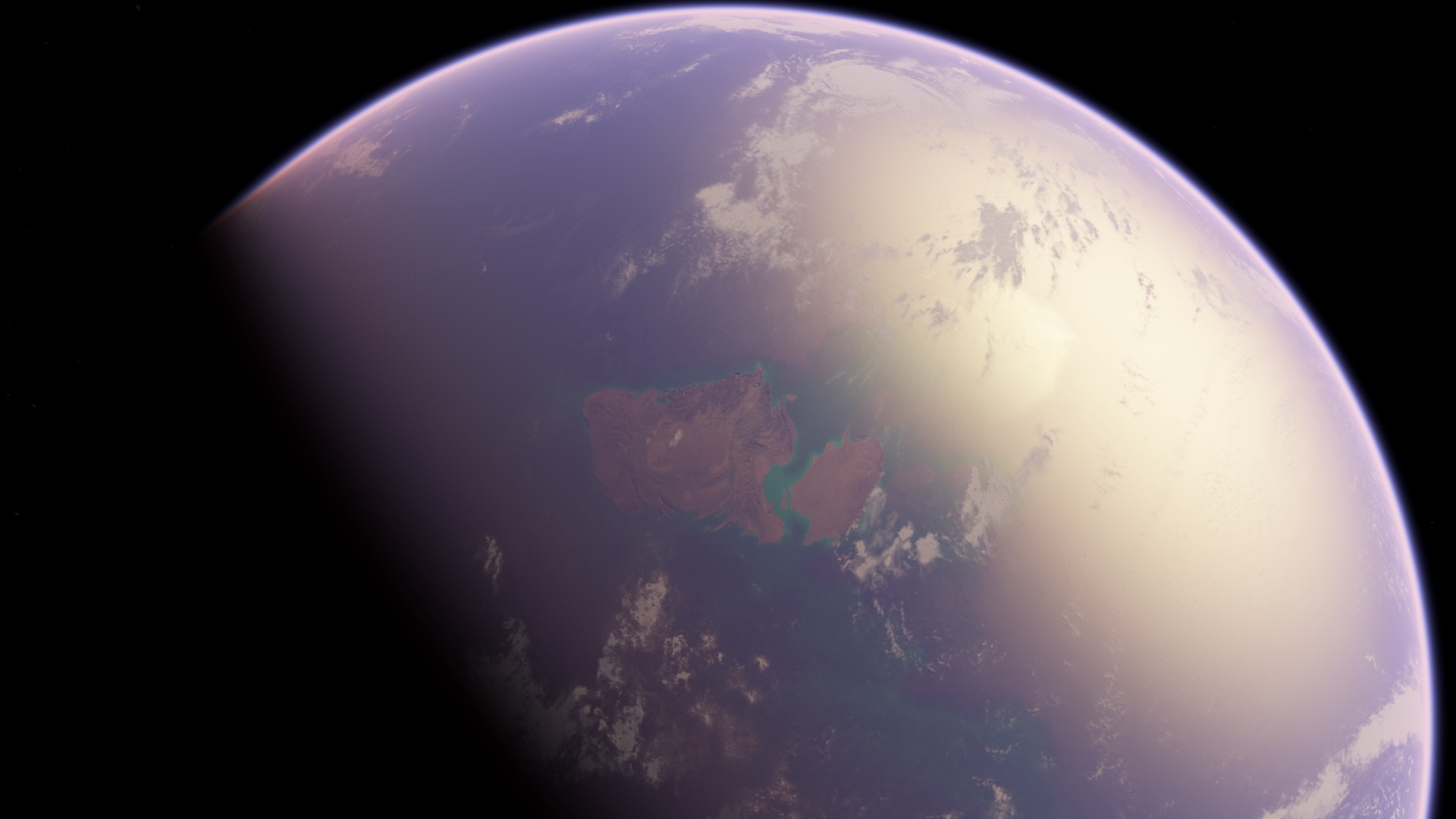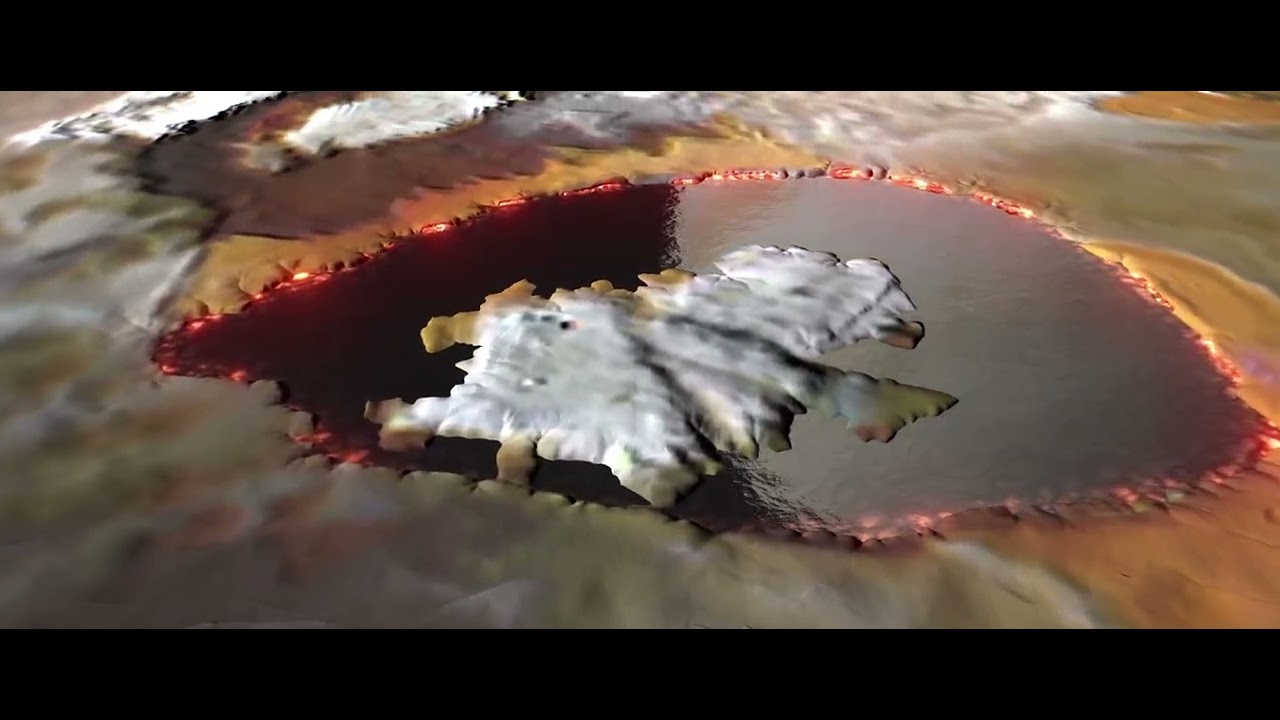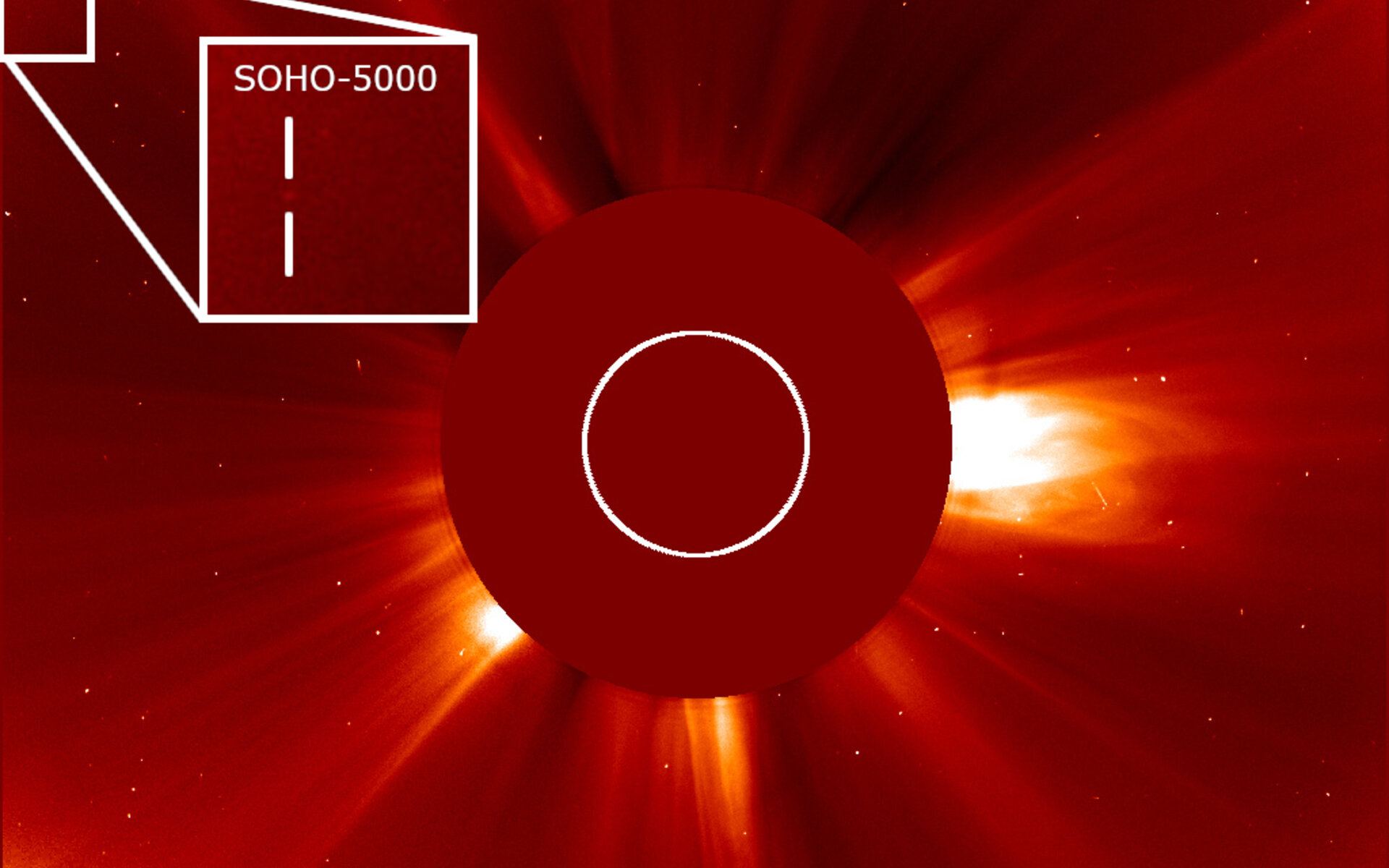“A dream come true.”
“I never expected this!”
“The most amazing light show I’ve ever seen in my life!”
“Once in a lifetime!”
“No doubt, this weekend will be remembered as ‘that weekend.’”
That’s how people described their views of the Aurora borealis this weekend, which put on a breathtaking celestial show around the world, and at lower latitudes than usual. This allowed hundreds of millions of people to see the northern lights for the first time in their lives. People as far south as Arizona and Florida in the US and France, Germany and Poland in Europe got the views of their life as a series of intense solar storms – the most powerful in more than 20 years – impacted Earth’s atmosphere starting Friday and through the weekend.
Continue reading “What a Weekend! Spectacular Aurora Photos from Around the World”

